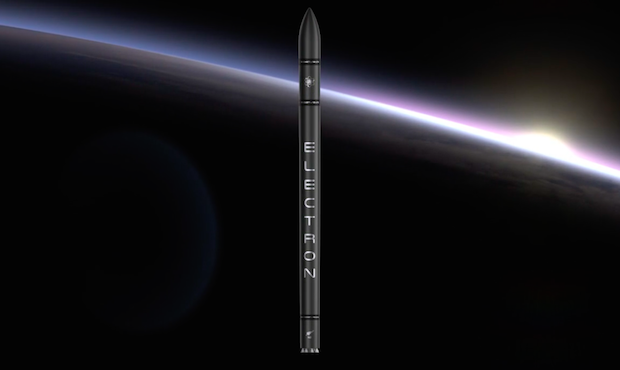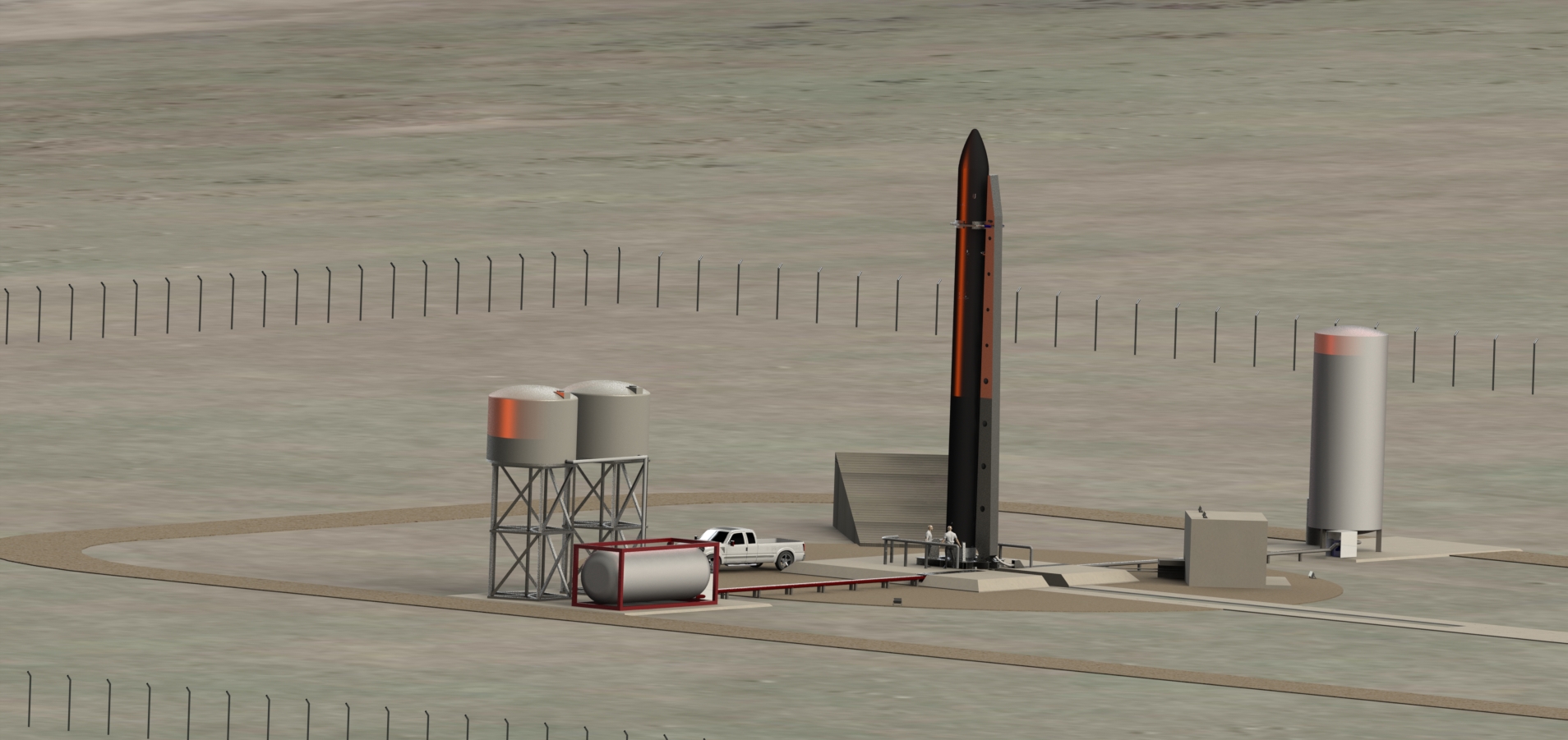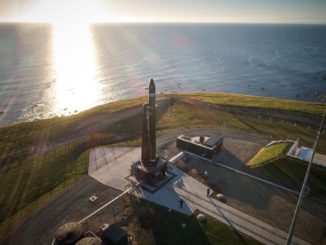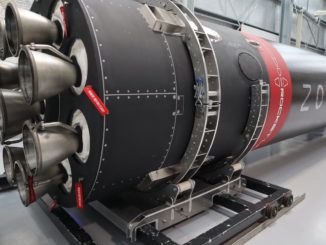
The chief executive of Rocket Lab, a venture capital-backed space firm set up to provide dedicated launch services for microsatellites, says the company is on track to complete construction of a new orbital launch site on New Zealand’s South Island by the end of 2015.
The commercial launch base will be on Kaitorete Spit, an east-facing oceanfront site about 20 miles south of Christchurch, giving Rocket Lab’s Electron booster access to orbits with inclinations ranging from 45 degrees to sun-synchronous, according to Peter Beck, the company’s CEO.
Rocket Lab plans to build a launch pad, rocket integration building, fuel tanks and support facilities at the uninhabited site.
The remoteness of Kaitorete Spit — it is near few busy shipping and air traffic corridors — and the wide access to a variety of orbits were the location’s biggest selling points, Beck said.
Based in Los Angeles but with production and launch facilities in New Zealand, Rocket Lab is one of several companies targeting low-cost delivery of small satellites into orbit, giving modest operators a dedicated ride into space instead of putting their spacecraft on bigger rockets as secondary passengers, where they are often left to the whims of large companies and government customers.
Beck said the company plans a series of three test launches of Rocket Lab’s Electron rocket beginning as soon as late 2015 and stretching into next year. Rocket Lab already has more than 30 customers signed up for Electron launches, Beck told Spaceflight Now in a July 1 interview, but he declined to name them.

Fueled by a mixture of liquid oxygen and kerosene, the two-stage Electron can put a 100 kilogram (220-pound) satellite into orbit 500 kilometers (310 miles) above Earth, according to Rocket Lab’s website.
Beck said the rocket is about 1 meter (3.3 feet) in diameter and stands 20 meters (66 feet) tall. The booster is built around the Rutherford engine, which is driven by electric motors instead of gas generators.
With its major components fabricated in a 3D printer, the Rutherford engine will power both stages of the Electron. Nine Rutherford powerplants will be on the first stage, producing more than 140,000 pounds of thrust. One 5,000-pound thrust Rutherford engine will be on the second stage.
Hardware for the first Electron test flight is in production and undergoing testing, according to Beck.
Rocket Lab hopes to launch the rocket at $4.9 million per flight, with the ability to fly it once per week. According to Beck, the company elected to design an expendable rocket after deciding a reusable booster would be too expensive to refurbish.
The Electron rocket is geared for the commercial market, but Beck said Rocket Lab planned to respond to a NASA request for proposals released in June soliciting bids to launch up to 60 kilograms — 132 pounds — of CubeSats in one or two launches by April 15, 2018.
Rocket Lab is looking at other launch sites in the United States to meet U.S. launch demand, Beck said.
Rocket Lab is backed by venture capital shops from Silicon Valley and New Zealand, including firms which led investment in Skybox Imaging, a growing Earth observation satellite company later acquired by Google.
Lockheed Martin will also make a strategic investment in Rocket Lab, the company announced in March.
Email the author.
Follow Stephen Clark on Twitter: @StephenClark1.



